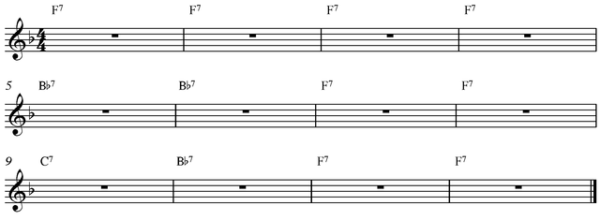How can I begin learning blues piano
Part 1
Whenever I have a potential piano student wishing to start learning blues piano I will always tell them that although there are some separate rules, structures and approaches, I prefer to think of blues and jazz to be interchangeable.
There are some great jazz players very influenced by the blues such as Wynton Kelly. But there are also some jazz piano masters such as Bill Evans who don’t have such strong leanings.
If you have played a limited amount of blues piano you may assume the following:
- There are 12 bars.
- The time signature is 4/4.
- There are three chords.
None of these are necessarily true. Yes, most blues sequences have 12 bars but there are 8-bar blues, 16-bar blues etc. The time signature can also vary. For example, 6/8 is very common. Listen to All Blues by Miles Davis. A basic 12-bar blues has just three chords but things get far more sophisticated down the line.
Before looking at the various forms of the blues and techniques for soloing I want to say something about your choice of keys. I find that most jazz beginners only play blues piano in one of three keys: C, G or F. The problem with this is that as soon as you play with a sax player they will probably go for one of the flat keys, Bb being the most common. And a guitarist may well choose E or A. So be prepared!
Let’s begin with the basic 12 bar blues progression in the key of F. Notice that there are only three chords and that these chords are all dominant 7s.

Learn to play blues piano with the blues scale.
The easiest way to solo through this progression is to use the blues scale. This scale has just six notes.
These notes are 1, b3, 4, b5, 5 and 5. Here is how it looks in the key of F.

This blues scale can be thought of as horizontal improvisation. This means that this one scale can be played over all three chords. This is how I can begin learning blues piano.
A second way to solo can be thought of as vertical improvisation. This is where we use a different scale over each chord. In this case we will use the pentatonic scale: 1, 2, 3, 5 and 6. However we will be using three pentatonic scales: F, Bb and C.

Subscribe to my course here for more about to begin learning blues piano.